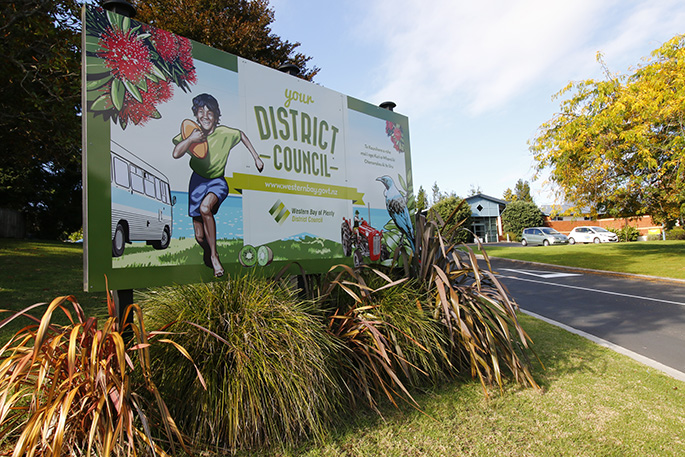The average residential rates of Western Bay of Plenty District Council are the highest in New Zealand.
This is according to Ratepayers' Report, the Taxpayers' Union's 2018 local government league tables, published at www.ratepayersreport.nz.
At $3192 per year, Western Bay of Plenty District ratepayers could more than halve their rates bill by moving to Mackenzie District, the country's most affordable district, says Taxpayers' Union executive director Jordan Williams.
He says Western Bay of Plenty District ratepayers should be seriously questioning the value for money their council provides.
'Their council charges the highest average residential rates in the country, has high debt on a per ratepayer basis – leading to the second highest financing costs of any provincial council, and pays a higher proportion of its staff salaries in excess of $100,000 than any other council in the region.”
'Kawerau District Council has the lowest average residential rates in the region ($1943) but, largely due to the council employing more staff per ratepayer than any other council in the region, the highest personnel costs per ratepayer ($1439).”
The Western Bay of Plenty District Council has responded to the Taxpayers' Union saying the information has its place but does not compare apples with apples.
'It's a snapshot of where individual councils are on their funding, investment and levels of service journeys.
'The information does not adequately reflect the complexities many councils face providing services to communities – particularly high growth semi-rural councils such as the Western Bay of Plenty District.
'While Western Bay is at the high end of the rates table, the Council made some tough decisions several years ago to significantly invest in core infrastructure, particularly water supplies and wastewater treatment and disposal, and to spread the cost of this investment over several generations who will benefit from it.”
The key indicators in the recent Long Term Plan (LTP), covering the period 2018 – 2028, provide context to this investment approach and how Western Bay is managing it:
- Council's net debt was $140m in 2013 - it's currently below $100m and is forecast to reduce to $75m by 2028
- Net debt per property was $6937 in 2013, and is projected to reduce to $2896 per property by 2028
- The average rates for existing ratepayers across the ten years of the LTP increase was 2.7 per cent (of which inflation accounts for 2.3 per cent). The increase for the 2018/19 (1 July 2018 – 30 June 2019) year is 3.6 percent (of which inflation accounts for 2.0 percent).
The message ratepayers gave the Council when developing the WBOP latest LTP (2018 – 2028) was to plan appropriately for growth, while making sure rates remain affordable and debt is reduced and this is what has been achieved.
The LTP strikes the right balance between looking ahead and planning for change, while balancing rates increases and prudently reducing Council's debt.



2 comments
Where do they spend it?
Posted on 11-09-2018 13:38 | By jed
Last time I was in pukehina, the beach access was still wiped out from a big storm over a year ago. So, they are not spending it on fixing damaged infrastructure. Maybe the CEO gets it all?
Not much to show for it.
Posted on 11-09-2018 19:01 | By LeeW
The highest rates but no council glass collection, expensive transfer station charges, poor road maintenance and extra water charges. Lift your game WBOPDC
Leave a Comment
You must be logged in to make a comment.